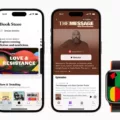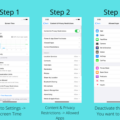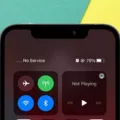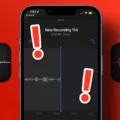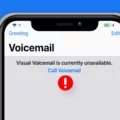Have you ever experienced the frustration of blocking a number, only to find that the calls keep coming through? It can be incredibly irritating and make you wonder if there’s any way to truly put an end to these persistent unwanted calls. In this article, we’ll explore why blocked numbers might still be able to reach you and discuss some possible solutions to this issue.
Caller ID Spoofing: The Art of Disguising Identity
One possible reason why blocked numbers can still call you is a technique known as caller ID spoofing. This method allows callers to falsify the caller ID information displayed on your phone, making it appear as if the call is coming from a different number. By disguising their identity, these callers can bypass the block and reach your phone, leaving you puzzled and frustrated.
Understanding How Caller ID Spoofing Works
Caller ID spoofing works by manipulating the signaling information that is sent along with the call. The caller uses special software or services to modify the caller ID information, making it look like they are calling from a different number. This can make it incredibly difficult to identify and block unwanted calls effectively.
Steps to Protect Yourself from Persistent Unwanted Calls
While it may seem challenging, there are steps you can take to protect yourself from persistent unwanted calls, even if the numbers are blocked. Here are some possible solutions:
1. Contact Your Carrier: Start by reaching out to your phone carrier. They may have tools or services available that can help you block unwanted calls more effectively. They can also provide guidance on dealing with caller ID spoofing and other similar issues.
2. Enable Third-Party Call Blocking Apps: Consider using third-party call blocking apps that are specifically designed to combat unwanted calls. These apps often have more advanced features and can help identify and block spoofed calls more effectively.
3. Report the Calls: If you continue to receive unwanted calls from blocked numbers, report them to your carrier and any relevant authorities. This can help in their efforts to identify and take action against the culprits behind these persistent calls.
4. Adjust Your Phone’s Settings: Some phones have built-in settings that allow you to further customize call blocking options. Explore your phone’s settings and see if there are any additional features or options that can help you combat these persistent unwanted calls.
Stay Vigilant and Informed
It’s important to stay vigilant and informed when it comes to dealing with persistent unwanted calls. While blocking numbers is a useful tool, it is not foolproof. By understanding the techniques used by unwanted callers, you can take proactive steps to protect yourself and minimize the disruption caused by these calls.
Blocked numbers calling you despite being blocked can be a result of caller ID spoofing. This technique allows callers to disguise their identity and bypass the block. However, there are steps you can take to combat these persistent unwanted calls, such as contacting your carrier, enabling third-party call blocking apps, reporting the calls, and adjusting your phone’s settings. By staying informed and proactive, you can regain control over your phone and minimize the annoyance caused by these calls.
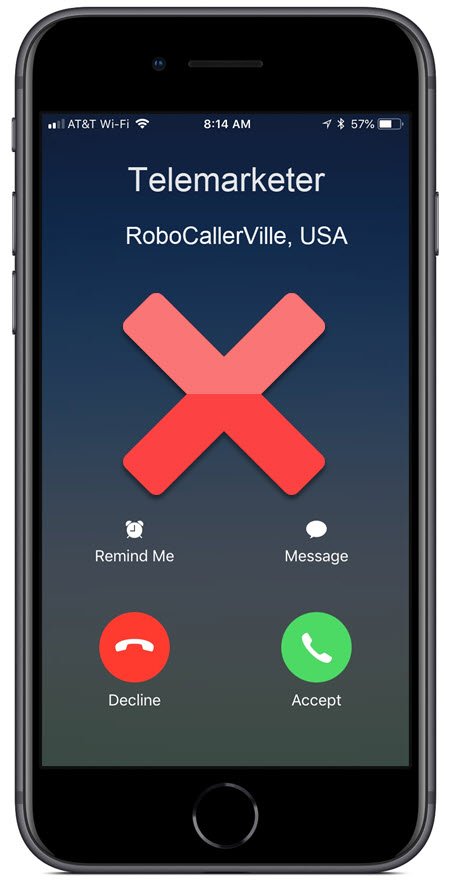
Why Do I Still Get Calls From Blocked Numbers?
There could be several reasons why you are still receiving calls from blocked numbers, even though you have taken the necessary steps to block them.
1. Caller ID Spoofing: Some telemarketers or scammers may use technology to disguise their true phone numbers and make it appear as if they are calling from a different number. This is known as caller ID spoofing. Blocking the specific number they are spoofing will not prevent their calls from coming through.
2. Changing Phone Numbers: Telemarketers or scammers may frequently change their phone numbers to avoid being blocked. Even if you have blocked a specific number, they may simply use a different number to continue contacting you.
3. VoIP Services: Voice over Internet Protocol (VoIP) services, such as Google Voice or Skype, allow users to make calls using the internet. These services often provide the option to change or hide the caller ID information, making it difficult to block unwanted calls.
4. Call Forwarding: If you have set up call forwarding to another number, calls from blocked numbers may still come through if they are forwarded to that number.
5. Human Error: It is also possible that you may have accidentally unblocked the number or forgotten to block it in the first place. Double-check your call blocking settings to ensure that the number is indeed blocked.
To further address this issue, you can take additional steps:
– Contact your phone carrier and inform them about the persistent calls. They may have additional measures or solutions to help you block unwanted calls.
– Consider using a third-party call-blocking app or service. These apps often have more advanced features and databases of known spam numbers to enhance call blocking capabilities.
– Be cautious when sharing your phone number online or with businesses. Avoid posting it on public platforms or providing it to unknown entities to minimize the likelihood of receiving unsolicited calls.
– Report any unwanted calls to the appropriate authorities, such as the Federal Trade Commission (FTC) in the United States. This can help in identifying and taking legal action against persistent telemarketers or scammers.
Remember, while call blocking can be effective against many unwanted calls, determined spammers or scammers may still find ways to contact you. Stay vigilant and continue to explore additional options to protect yourself from unwanted calls.
How Can Someone Still Call If They Are Blocked?
When someone is blocked on your phone, it means that you have specifically chosen to restrict their access to contacting you. However, there are a few ways in which someone can still attempt to call you even if they have been blocked:
1. Using a different phone number: If the person who is blocked has access to another phone number, they can call you from that number. This could be a secondary phone, a friend’s phone, or even a public phone. As long as the new number is not blocked, they can still attempt to reach you.
2. Using a different device or platform: Blocking someone on your phone may not prevent them from contacting you through other platforms or devices. For example, if you have blocked someone on your smartphone, they may try to reach out to you through social media platforms, email, or messaging apps using a different device such as a computer or tablet.
3. Using a call forwarding service: Some individuals might try to bypass the block by using call forwarding services. These services allow them to forward their calls to a different number, which may not be blocked on your phone. By doing this, the blocked person can essentially redirect their calls to a different number that can still reach you.
It is important to note that while these methods may allow someone to attempt to call you even if they are blocked, your phone will still handle these calls differently. Instead of ringing, these calls will go straight to voicemail, giving the blocked person the impression that your phone is turned off. This is the only clue they will have that they have been blocked.
How Do You Stop A Blocked Number From Calling You?
To stop a blocked number from calling you, you can follow these steps:
1. Open your Phone app: Locate and open the Phone app on your device. This app is usually found on your home screen or in the app drawer.
2. Access call history: Once you have opened the Phone app, look for the option that says “Call history” and tap on it. This will display a list of your recent incoming and outgoing calls.
3. Find the blocked number: Scroll through the call history list and locate the call from the number you want to unblock. Blocked numbers are often indicated by a symbol or label next to them.
4. Unblock the number: Tap on the call from the blocked number to access more options. Look for the option that says “Unblock” or something similar. It might be located in a menu or under a “More” option. Tap on it to unblock the number.
5. Adjust settings if needed: If you are unable to unblock the number directly from the call history, you may need to access your device settings. Go to the settings menu, find the “Blocked numbers” or “Call blocking” section, and locate the blocked number. From there, you should be able to unblock the number.
By following these steps, you can successfully stop a blocked number from calling you and allow calls from that number to come through again. Keep in mind that the exact steps may vary slightly depending on your device and operating system.
Will A Blocked Number Still Ring?
When your number is blocked, the caller will typically experience a situation where the call rings only once before being redirected to voicemail. This means that the recipient of the blocked call will only hear the phone ring for a brief moment before the call is automatically sent to voicemail.
It is important to note that when leaving a voicemail from a blocked number, the message will not be delivered to the recipient’s inbox. This means that even if you leave a voicemail after the one ring, the recipient will not receive it or be notified about it.
To summarize:
– A blocked number will usually result in a single ring before the call is diverted to voicemail.
– Leaving a voicemail from a blocked number will not deliver the message to the recipient’s inbox.
– The recipient will not be notified about any voicemails left from a blocked number.
Please note that specific phone settings and carrier configurations may vary, so it is advisable to check with your service provider for any additional information or variations that may exist.
Conclusion
Dealing with blocked numbers that continue to call can be frustrating and intrusive. While there are several steps you can take to mitigate these calls, such as blocking the number and reporting it as spam, it is important to recognize that determined individuals may still find ways to contact you. Caller ID spoofing, where the caller disguises their identity, makes it even more challenging to completely prevent these calls. In such cases, it is advisable to contact your carrier and seek their assistance in resolving the issue. Remember that blocked calls typically go straight to voicemail, giving the caller no indication that they have been blocked. By following the suggested steps and seeking further support when needed, you can regain control over your phone and minimize the disruption caused by these persistent calls.


